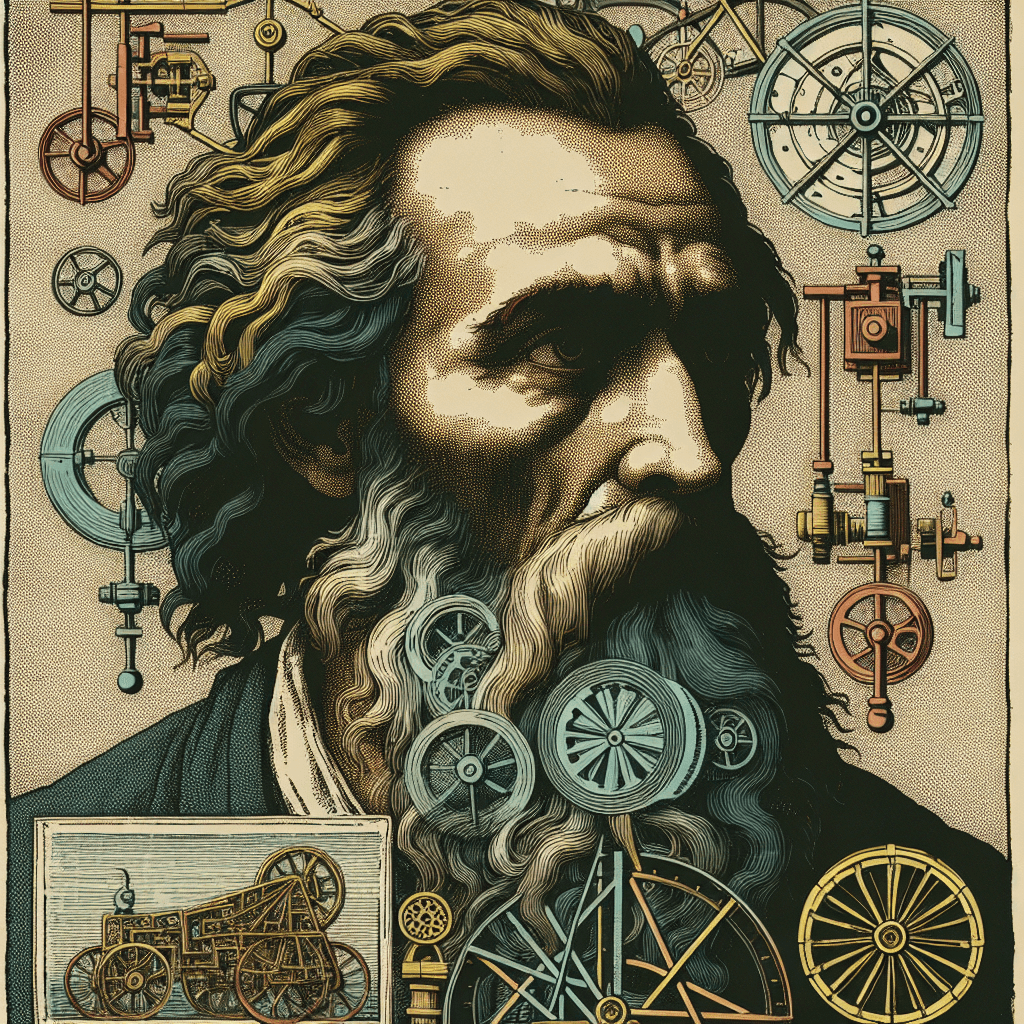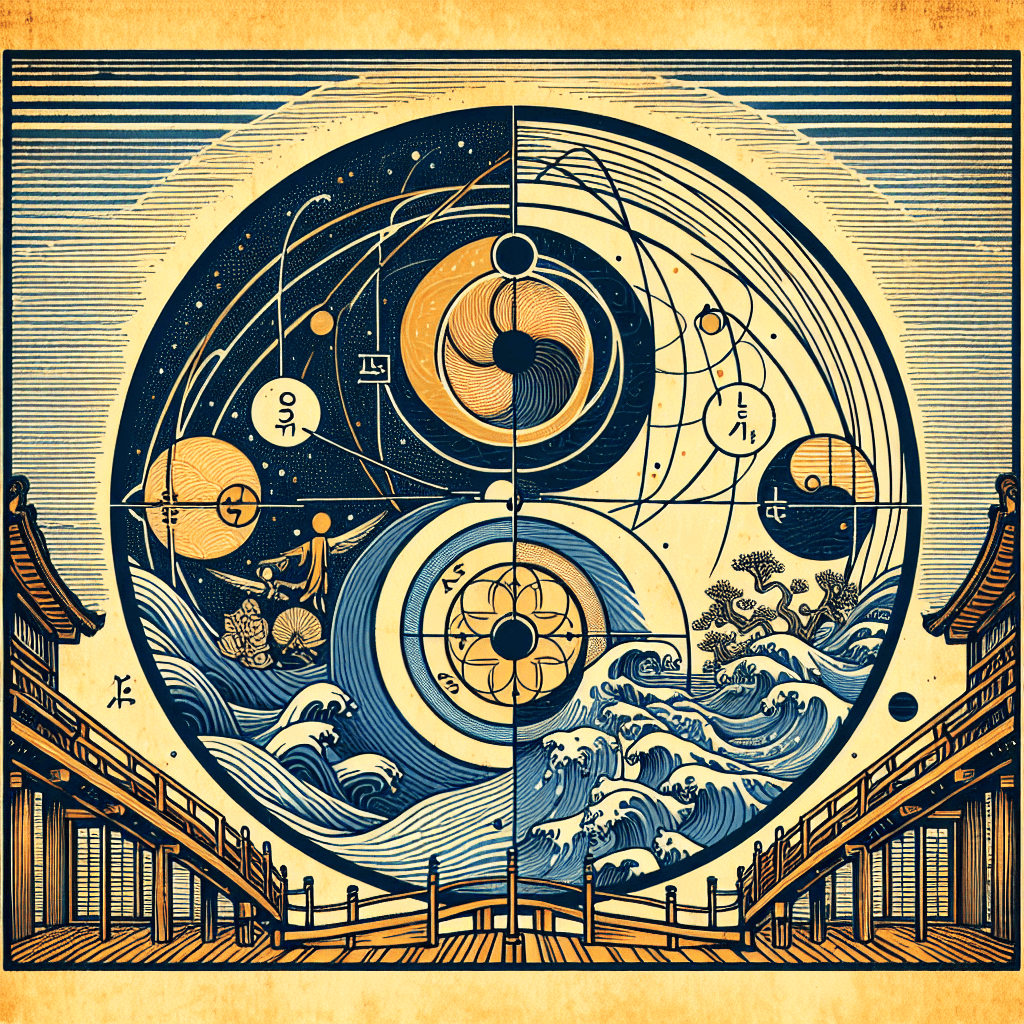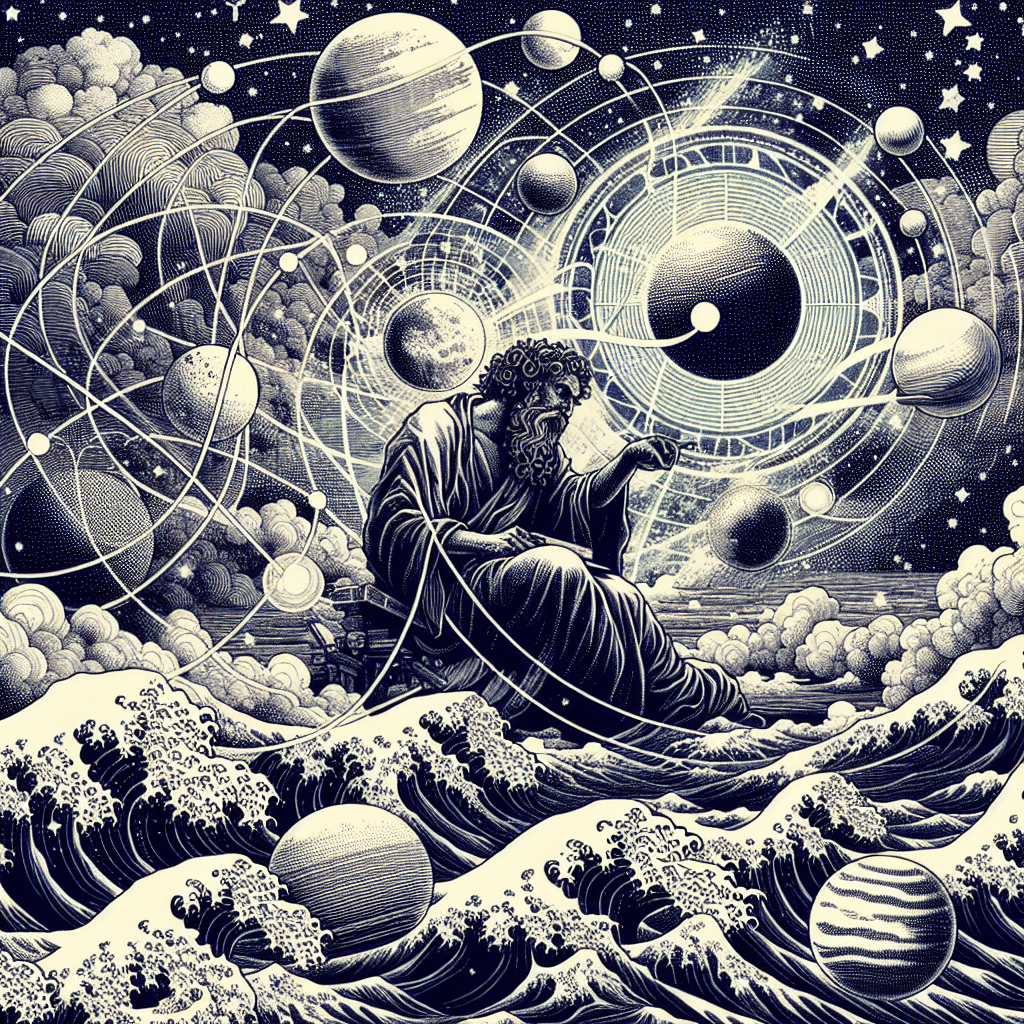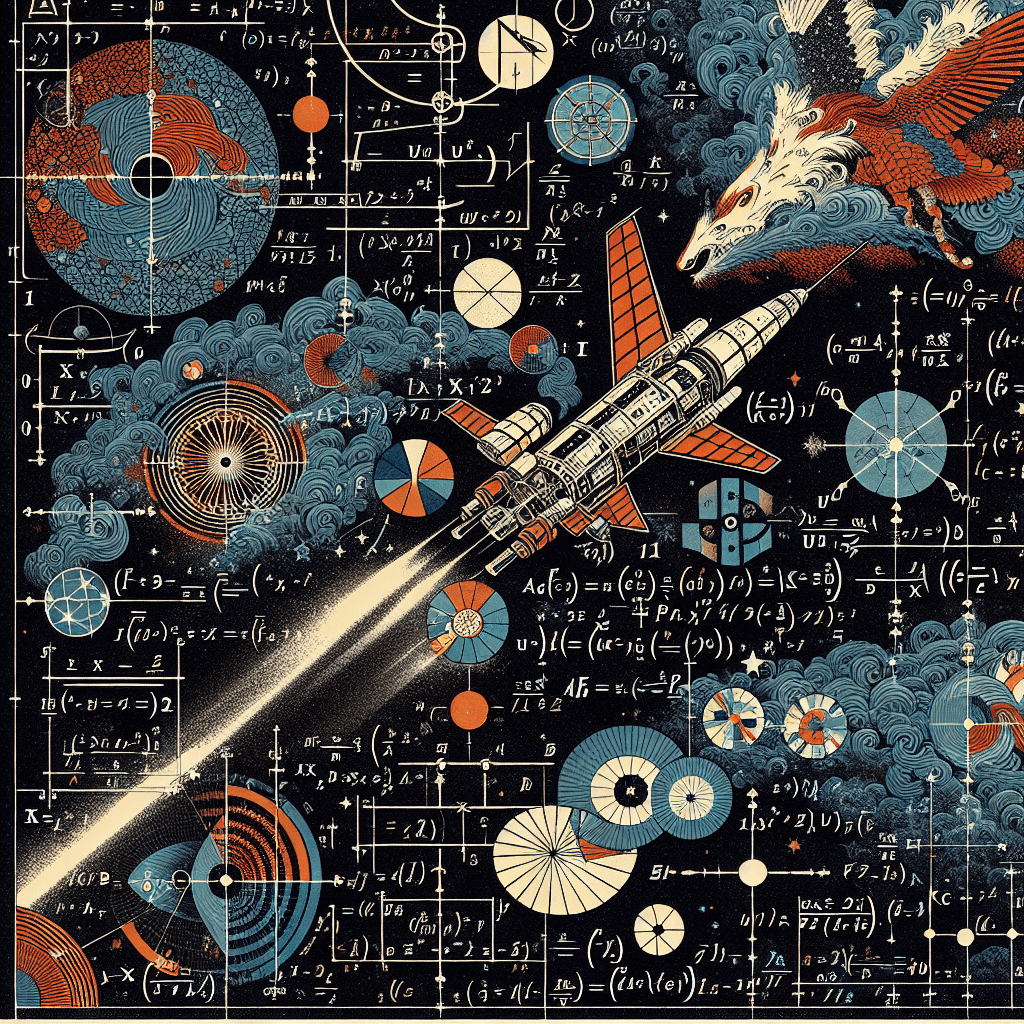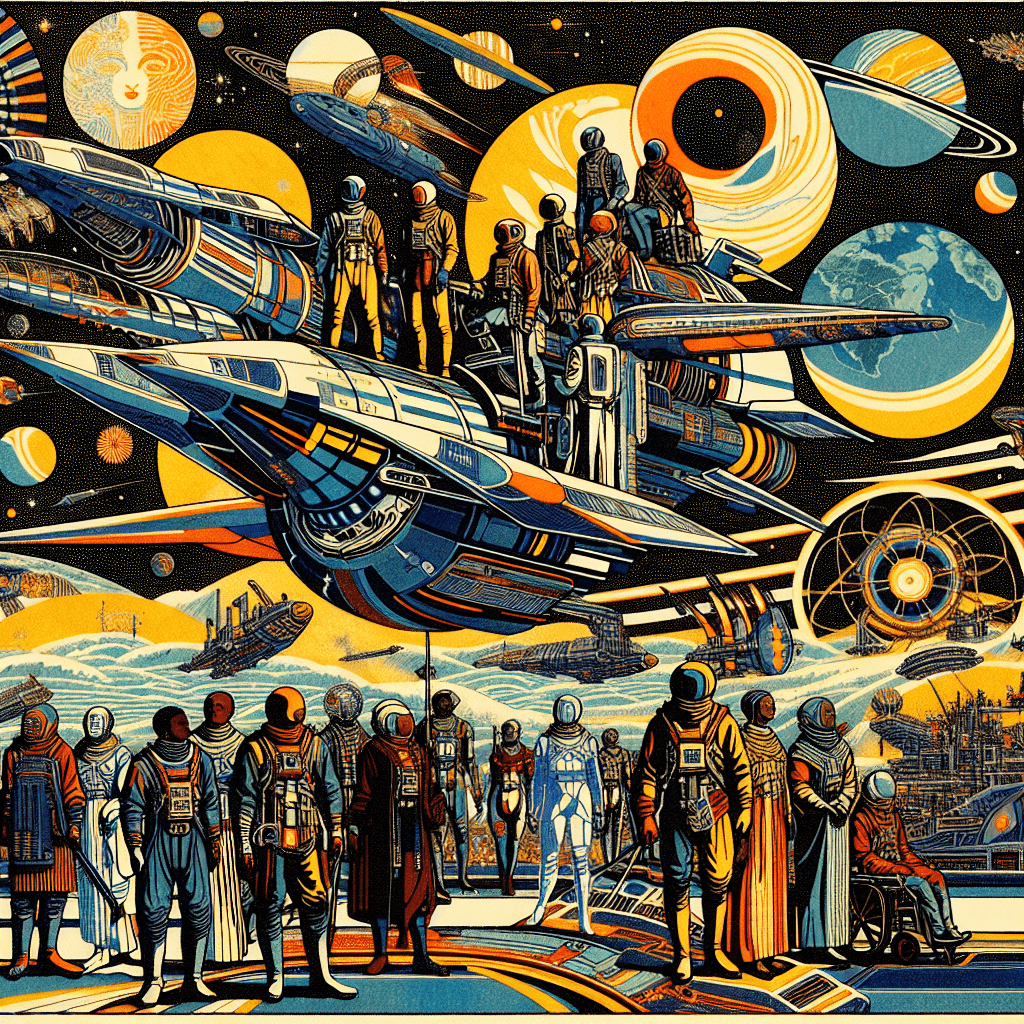Leonardo da Vinci: The Renaissance Navigator
syndu | Aug. 30, 2024, 12:14 a.m.

Leonardo da Vinci: The Renaissance Navigator
Introduction
Leonardo da Vinci, often hailed as the quintessential Renaissance man, was a polymath whose genius spanned numerous disciplines, including mathematics, engineering, art, and anatomy. His insatiable curiosity and innovative spirit led to groundbreaking contributions that continue to inspire and inform various fields today. This blog post delves into Leonardo da Vinci's interdisciplinary genius, focusing on his contributions to mathematics, engineering, and art, and their relevance to space navigation. By examining his work, we can gain insights into how his visionary ideas can guide modern space exploration.
Mathematical Principles in Art and Engineering
The Golden Ratio and Proportions
Leonardo da Vinci's art is renowned for its use of the golden ratio, a mathematical constant approximately equal to 1.618, which is often associated with beauty, harmony, and balance. In his masterpiece Vitruvian Man, Leonardo illustrated the ideal human proportions based on the golden ratio, demonstrating the intersection of art and mathematics. This principle of proportion is not only aesthetically pleasing but also structurally sound, making it relevant for engineering and architectural designs.
Geometric Precision
Leonardo's meticulous studies of geometry are evident in his detailed sketches and designs. He explored various geometric shapes and their properties, applying this knowledge to his engineering projects. For instance, his designs for bridges, fortifications, and machines often incorporated geometric principles to ensure stability and functionality. This geometric precision is crucial for space navigation, where accurate calculations and designs are essential for mission success.
Innovations in Mechanics and Flight
Mechanical Engineering
Leonardo da Vinci's notebooks are filled with sketches of mechanical devices, many of which were centuries ahead of their time. His designs for gears, pulleys, and levers laid the groundwork for modern mechanical engineering. One notable invention is the "aerial screw", a precursor to the modern helicopter. Although it was never built during his lifetime, the concept demonstrated Leonardo's understanding of aerodynamics and mechanical principles.
Flight and Aerodynamics
Leonardo's fascination with flight led him to study the anatomy of birds and the principles of aerodynamics. He designed various flying machines, including gliders and ornithopters, which mimicked the flapping of bird wings. While these designs were not practical with the materials available in his time, they showcased his innovative thinking and deep understanding of flight mechanics. These principles are directly applicable to modern aerospace engineering and space exploration.
Integration of Scientific Inquiry and Artistic Vision
The Scientific Method
Leonardo da Vinci's approach to scientific inquiry was methodical and empirical. He conducted detailed observations and experiments, meticulously recording his findings in his notebooks. This scientific method, characterized by observation, hypothesis, experimentation, and documentation, is fundamental to modern scientific research and space exploration.
Artistic Vision and Creativity
Leonardo's artistic vision was not limited to his paintings and sculptures; it permeated his scientific and engineering work. His ability to visualize complex concepts and create detailed sketches allowed him to communicate his ideas effectively. This blend of artistic creativity and scientific rigor is essential for space navigation, where innovative solutions and clear communication are vital.
Conclusion
Leonardo da Vinci's interdisciplinary genius continues to inspire and inform various fields, including space navigation. His contributions to mathematics, engineering, and art demonstrate the power of integrating scientific inquiry with artistic vision. By studying Leonardo's work, we can gain valuable insights into the principles of proportion, geometric precision, mechanical engineering, and aerodynamics, all of which are crucial for modern space exploration. As we push the boundaries of human knowledge and explore the cosmos, Leonardo da Vinci's legacy serves as a guiding light, reminding us of the limitless potential of human creativity and ingenuity.
SEO Optimization
Keyword Research
- Primary Keywords: Leonardo da Vinci, Renaissance navigator, interdisciplinary genius, space navigation, mathematical principles, mechanical engineering, flight mechanics.
- Secondary Keywords: Golden ratio, geometric precision, scientific inquiry, artistic vision, aerodynamics, aerospace engineering.
Meta Description
"Explore Leonardo da Vinci's interdisciplinary genius and his contributions to mathematics, engineering, and art. Discover how his visionary ideas can guide modern space navigation."
Headers
H1 - Leonardo da Vinci: The Renaissance Navigator
H2 - Introduction
H2 - Mathematical Principles in Art and Engineering
H3 - The Golden Ratio and Proportions
H3 - Geometric Precision
H2 - Innovations in Mechanics and Flight
H3 - Mechanical Engineering
H3 - Flight and Aerodynamics
H2 - Integration of Scientific Inquiry and Artistic Vision
H3 - The Scientific Method
H3 - Artistic Vision and Creativity
H2 - Conclusion
Alt Text for Images
- "Leonardo da Vinci's Vitruvian Man, illustrating the golden ratio and ideal human proportions."
- "A detailed sketch of Leonardo da Vinci's aerial screw, a precursor to the modern helicopter."
- "An artistic representation of Leonardo da Vinci's flying machine designs, showcasing his understanding of aerodynamics."
By following these steps and incorporating the SEO elements, this blog post will be optimized for visibility and engagement.

